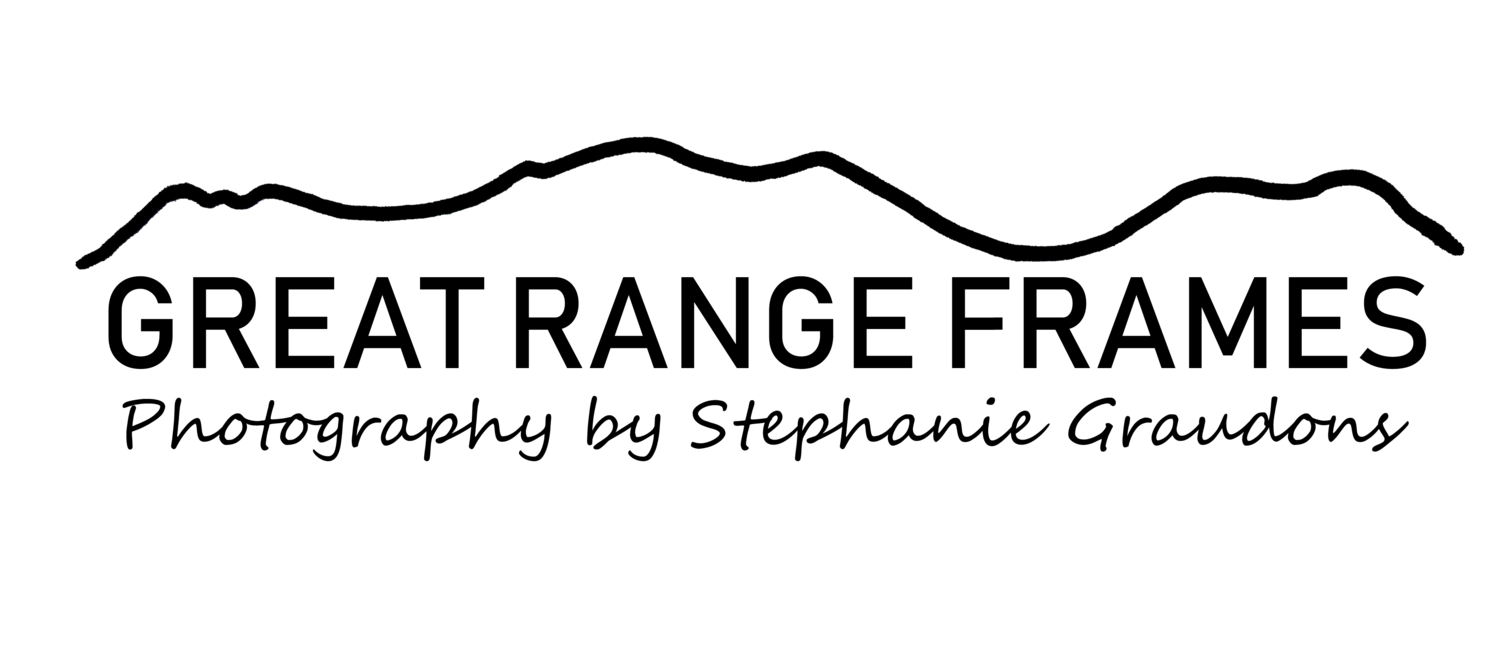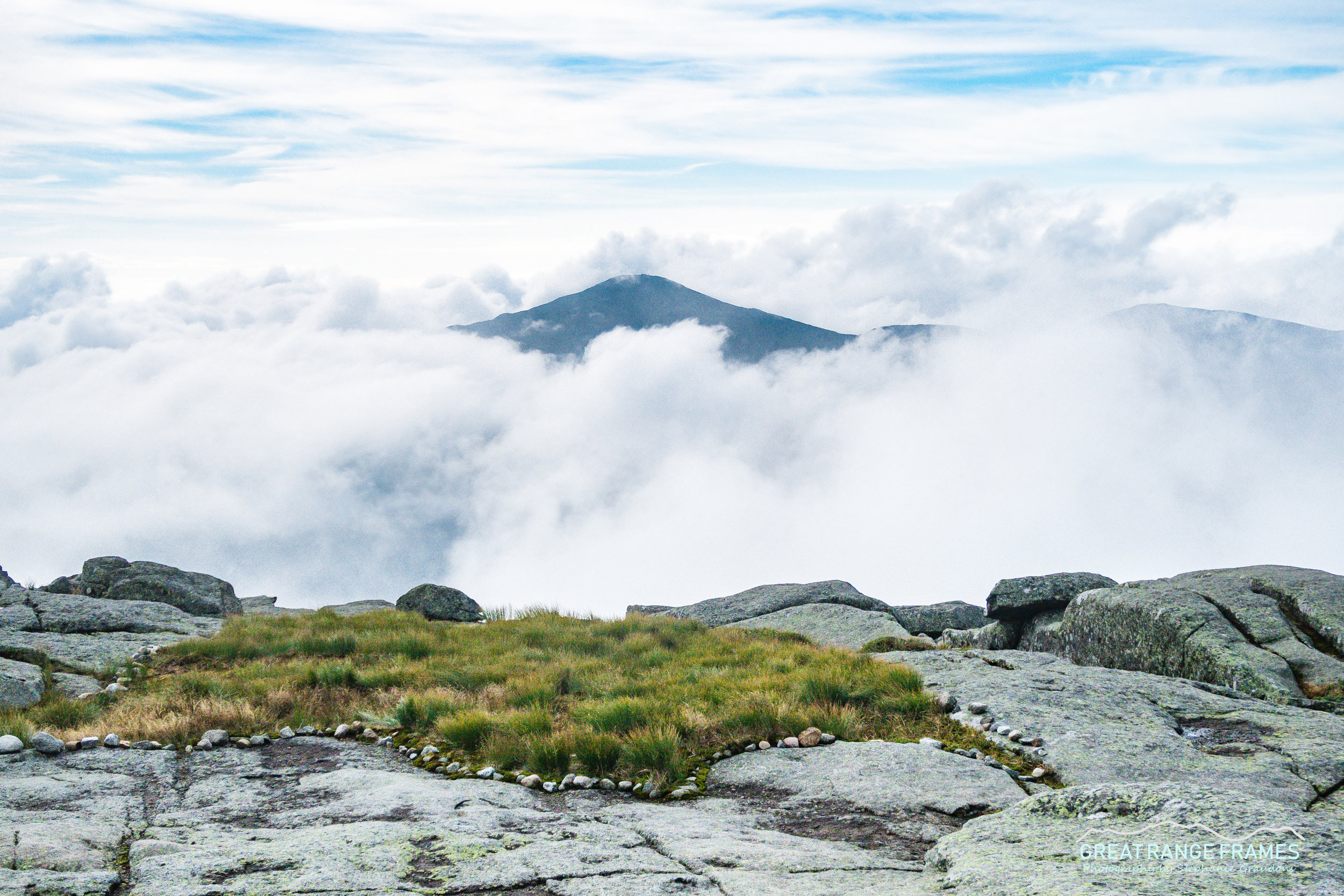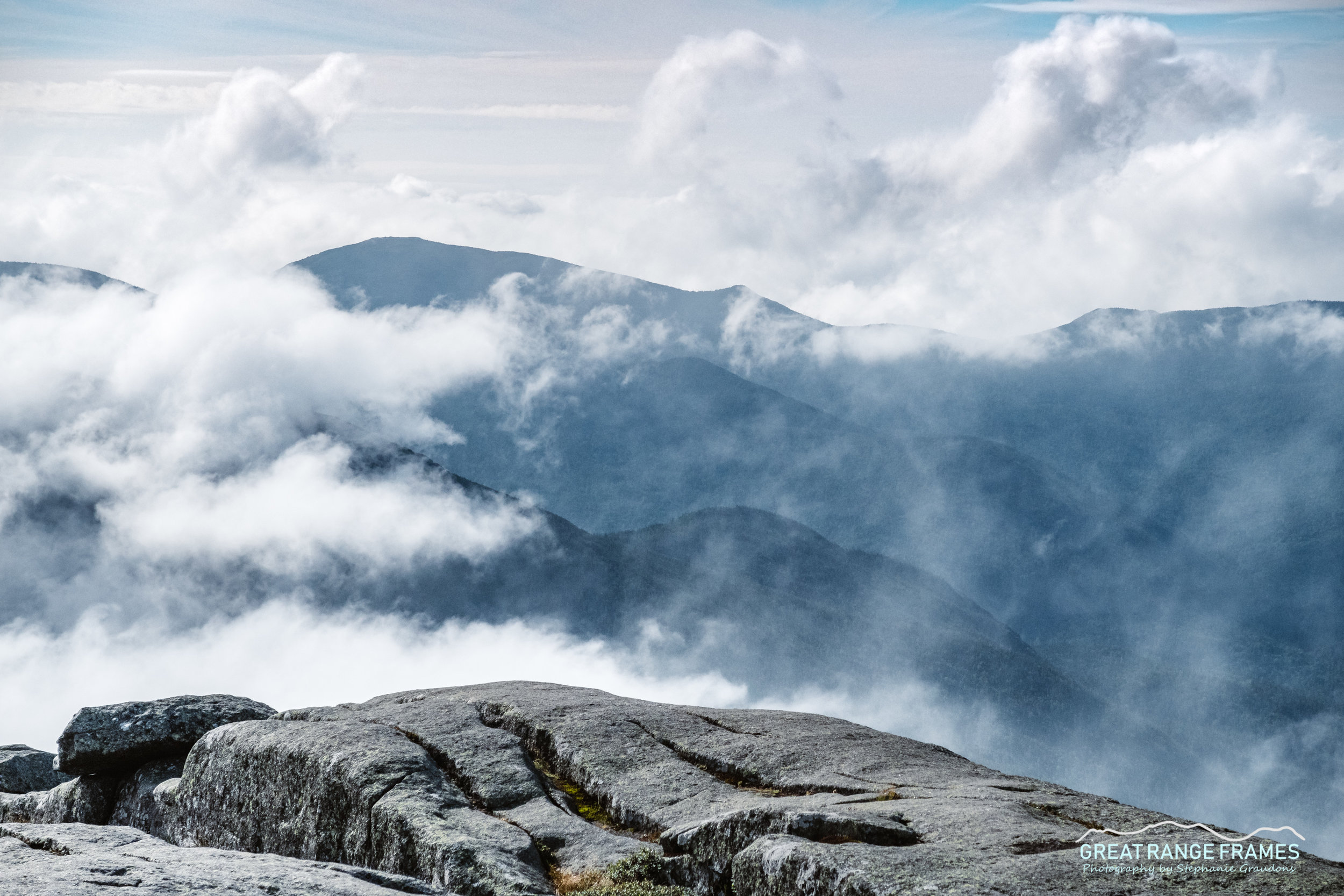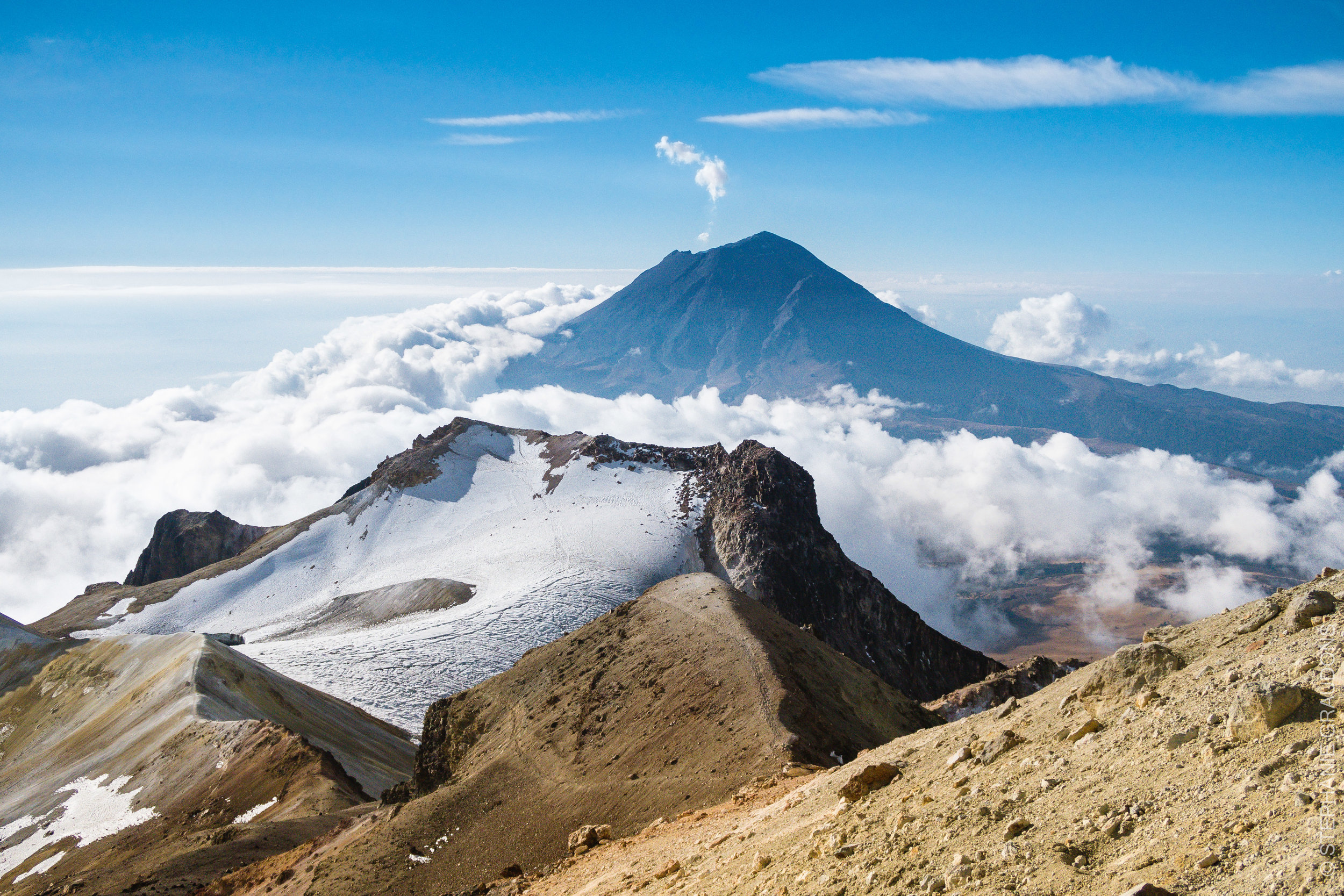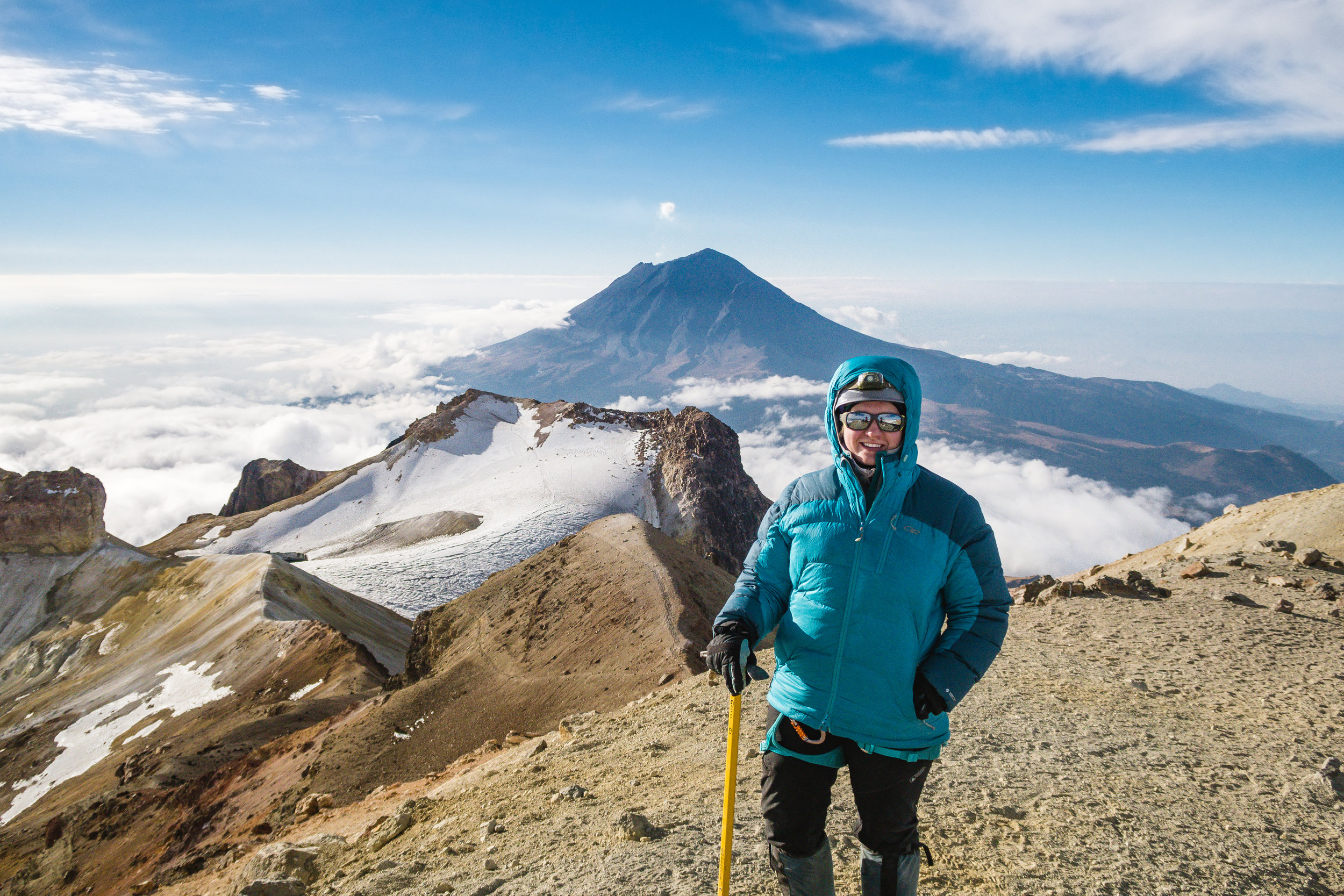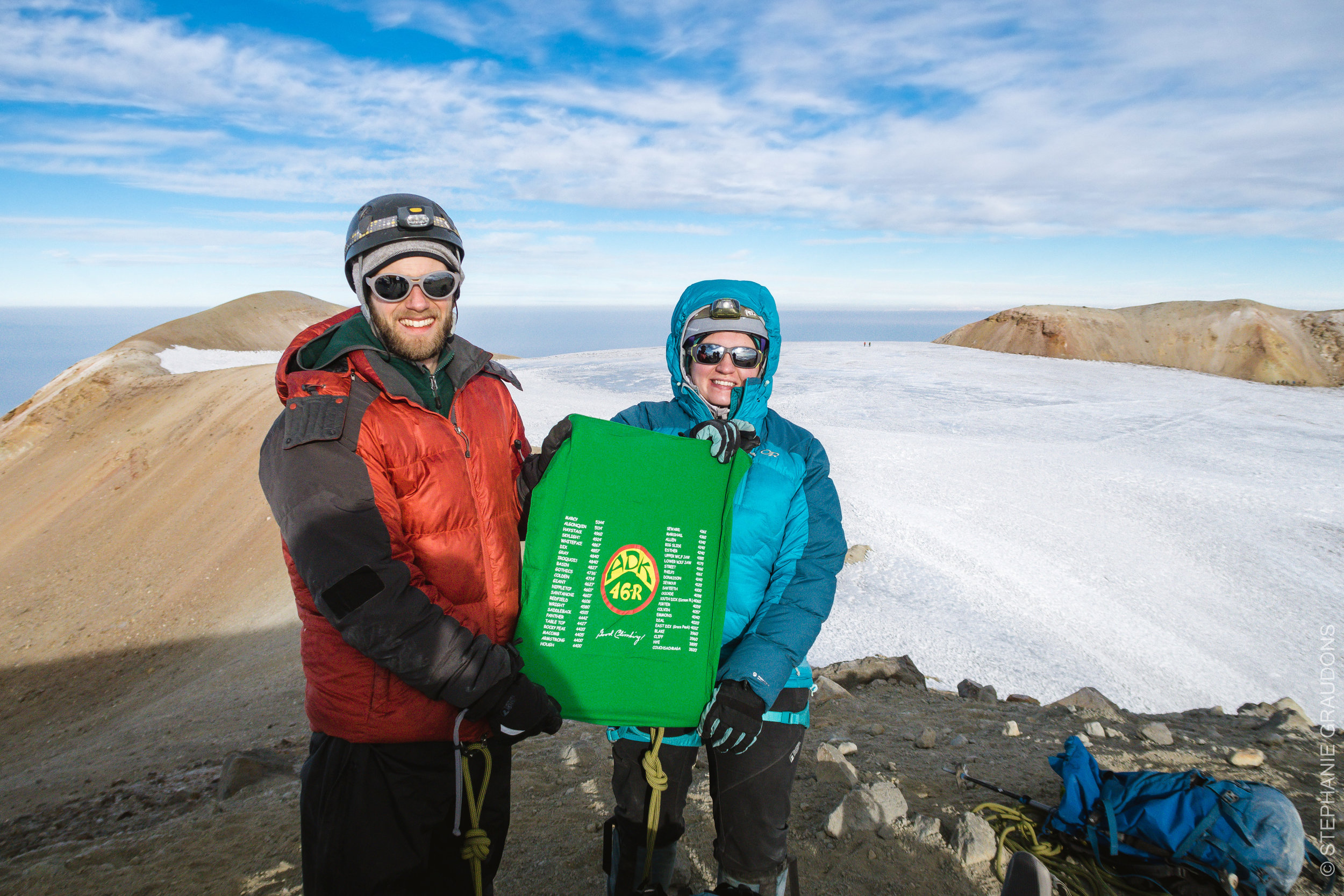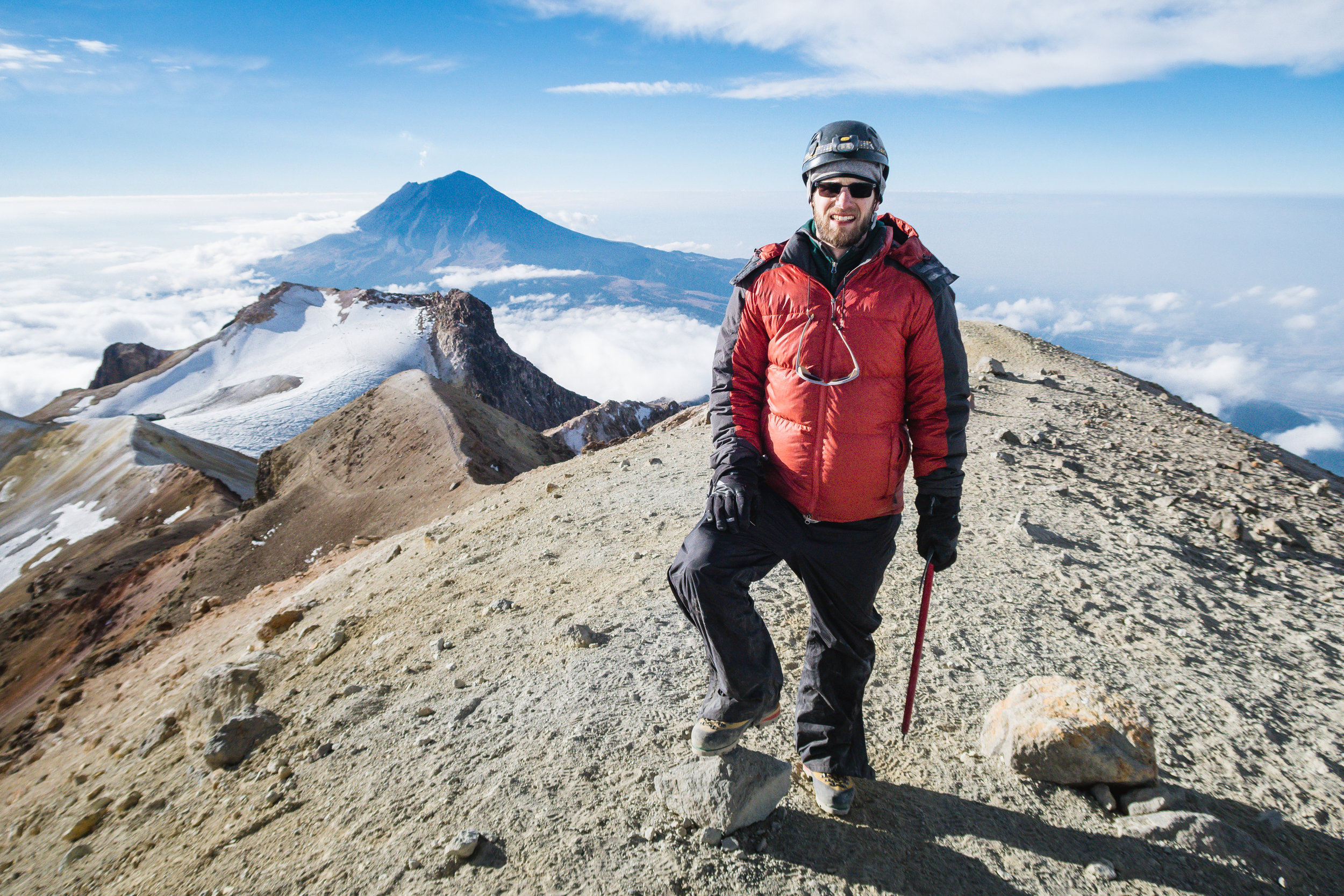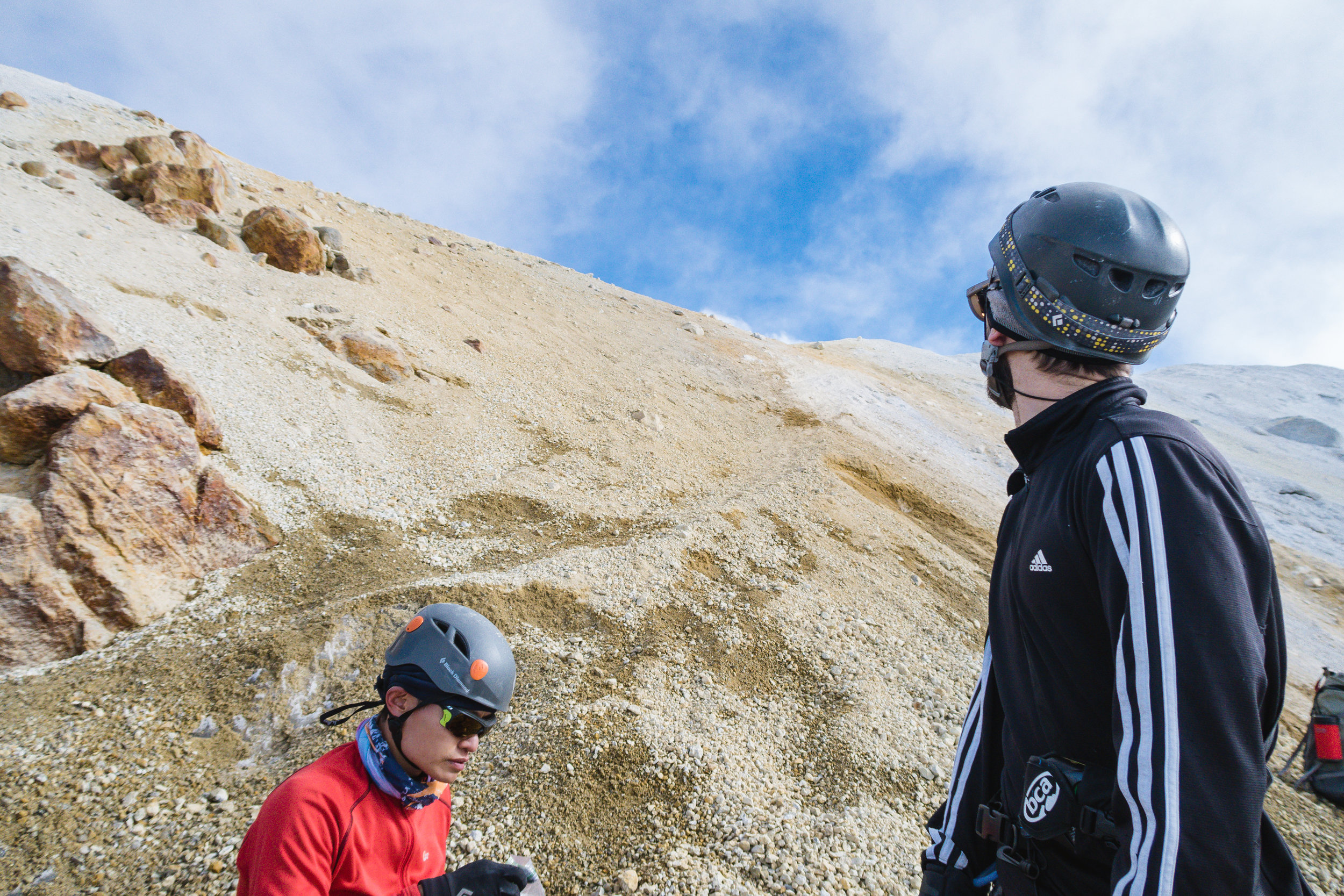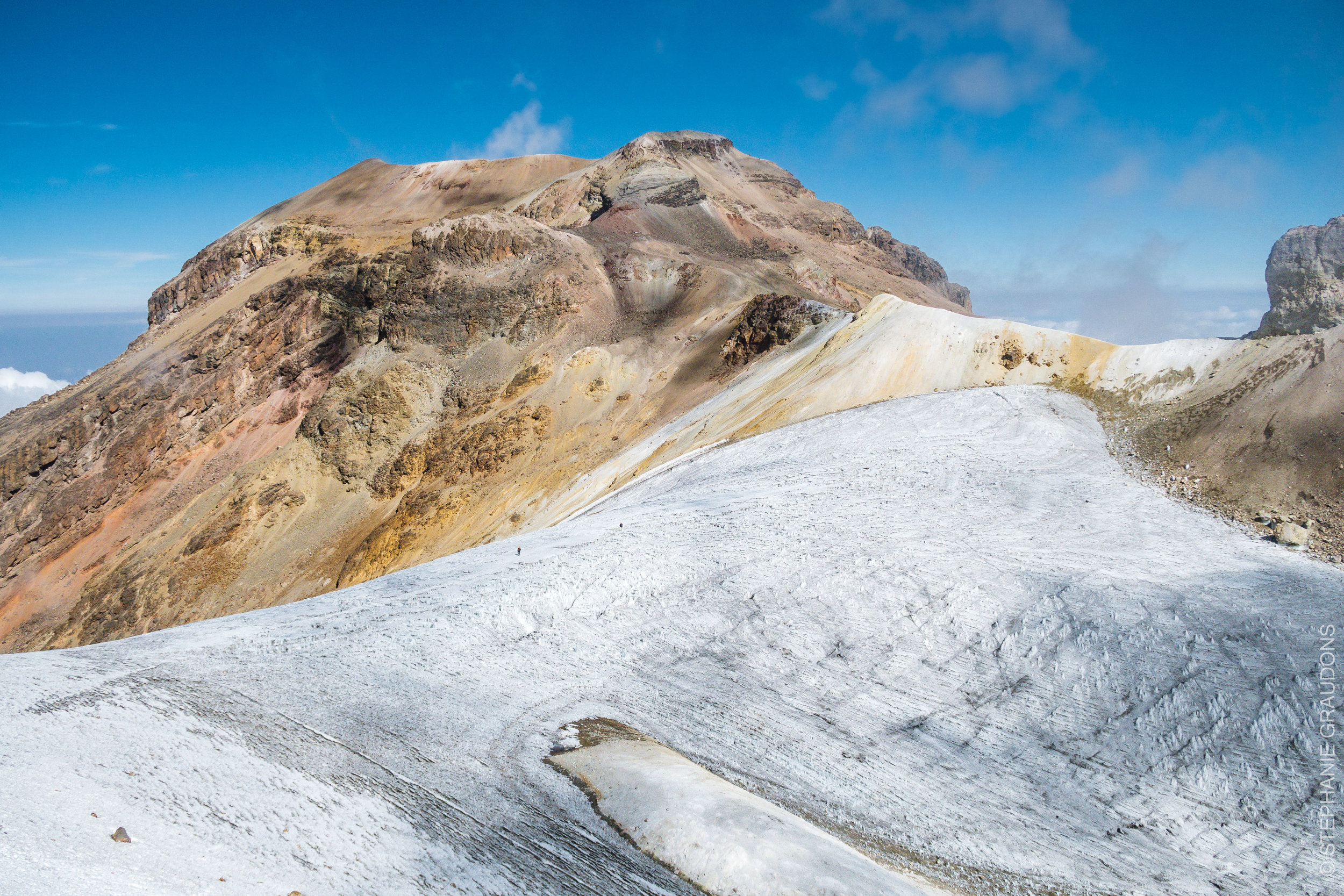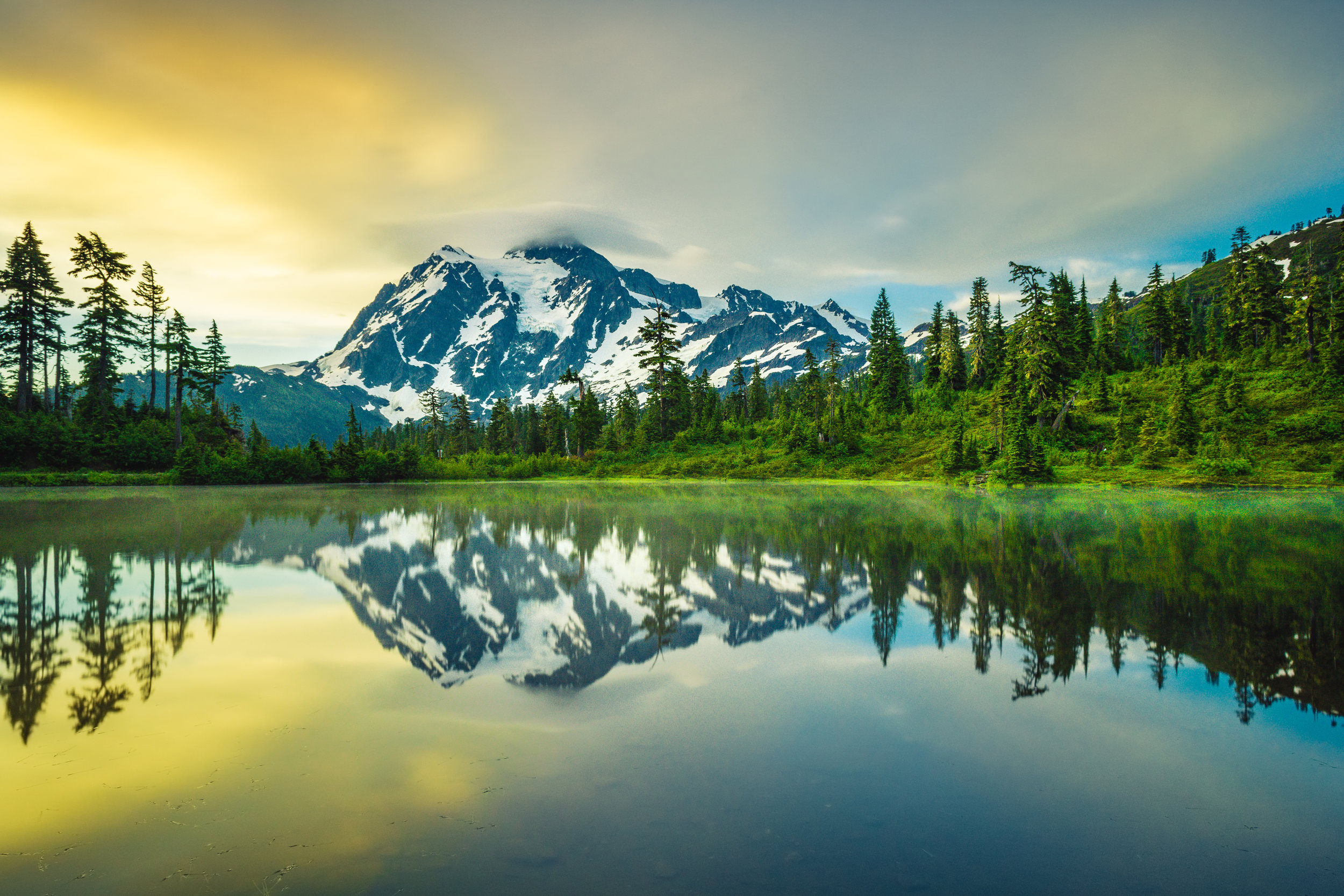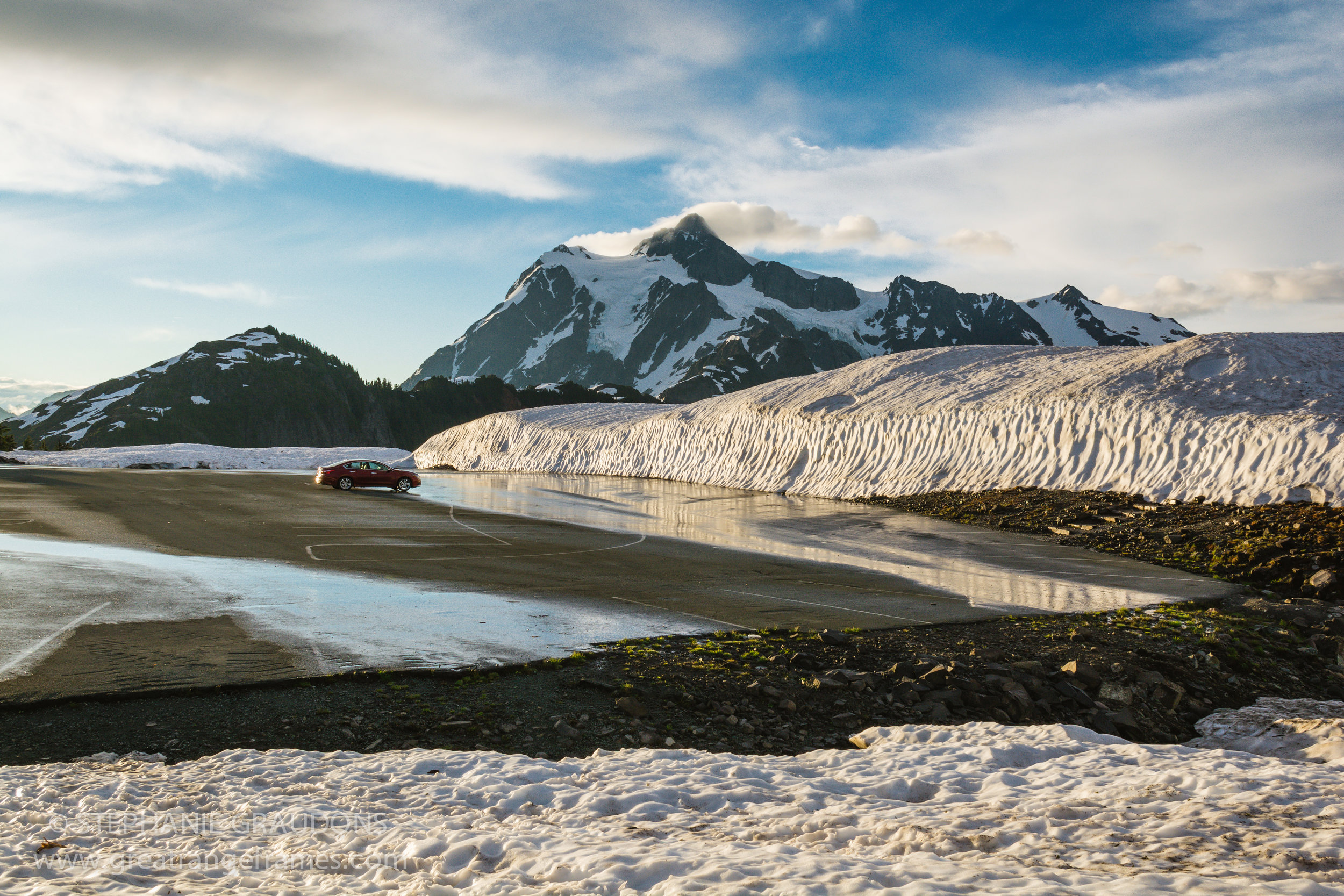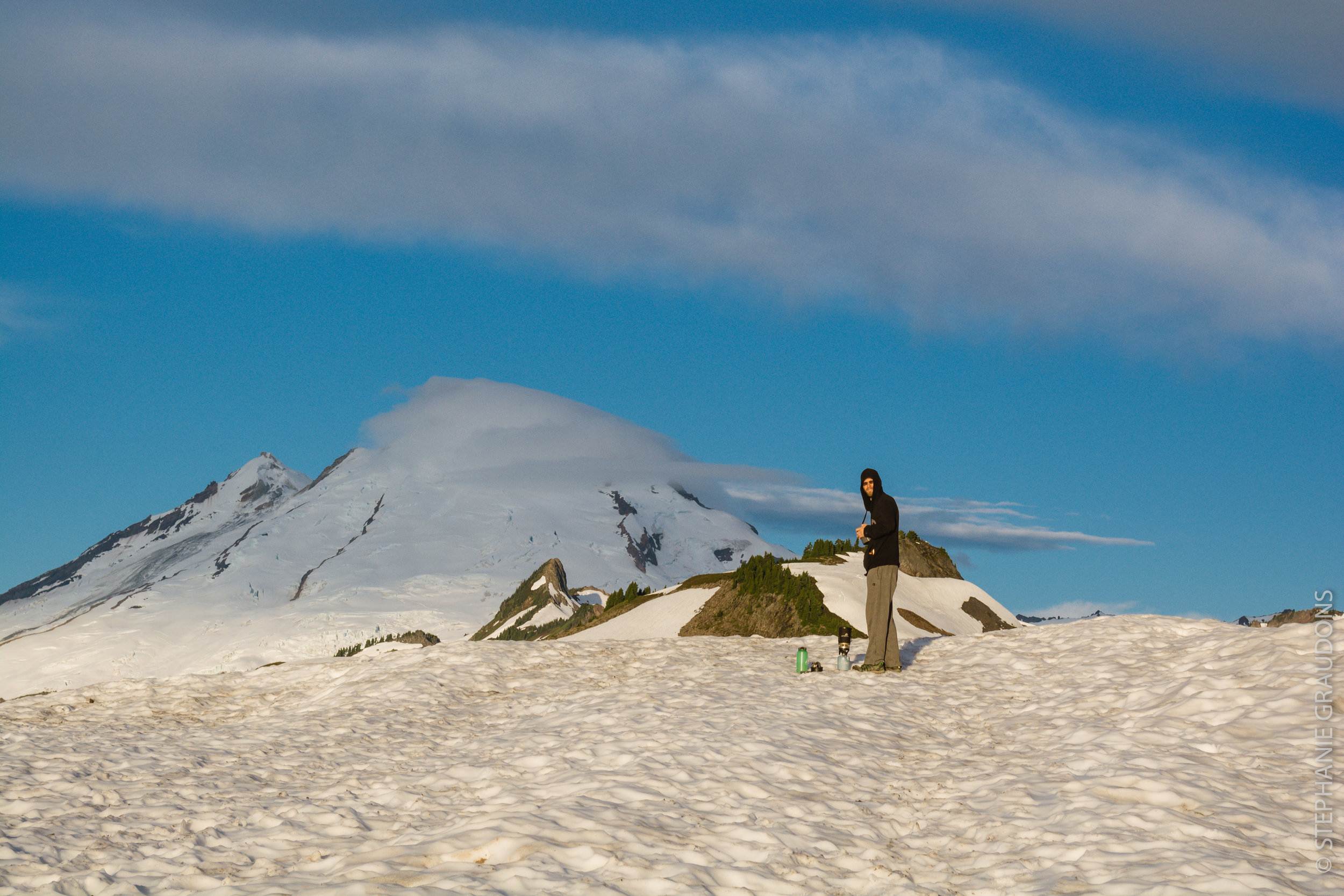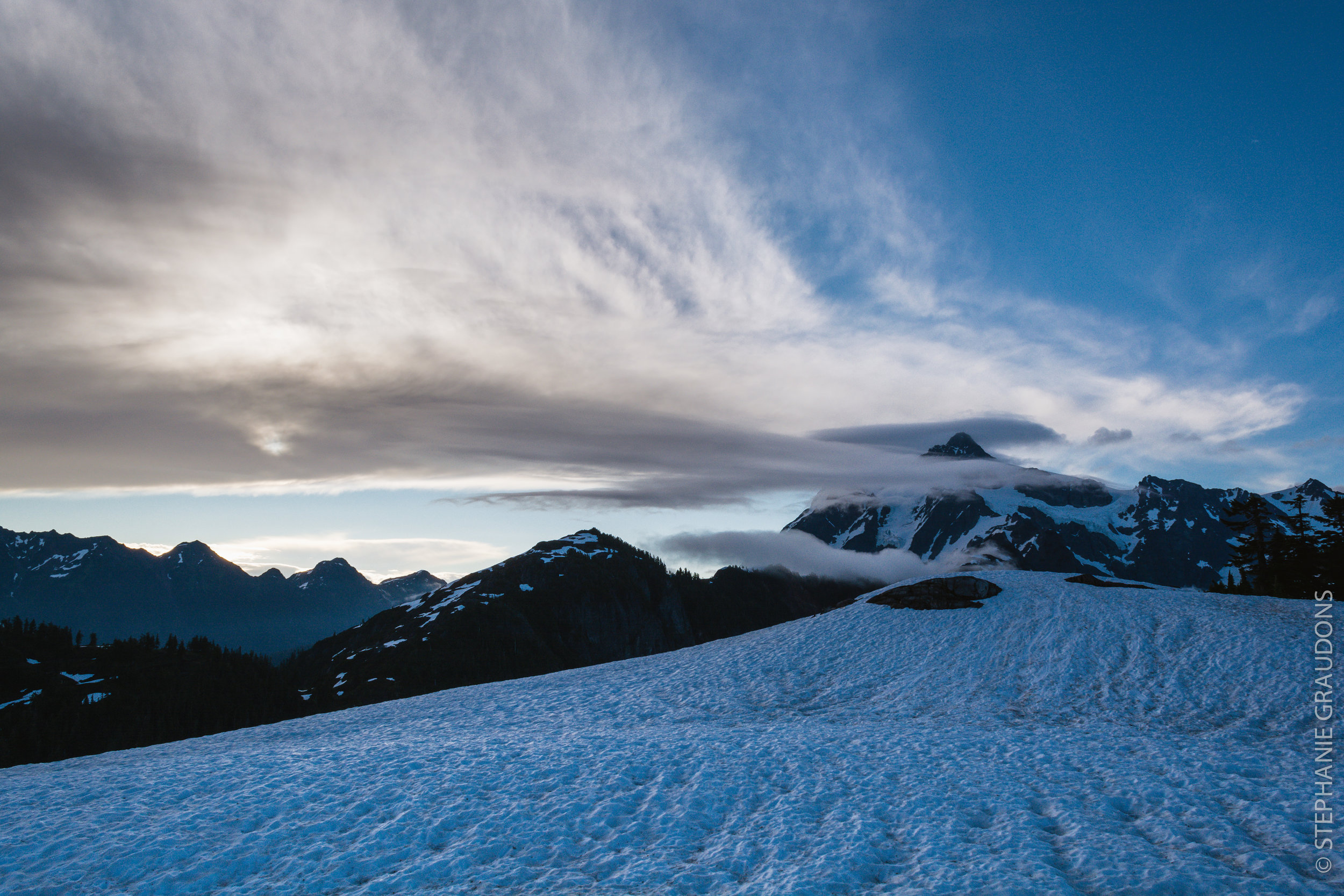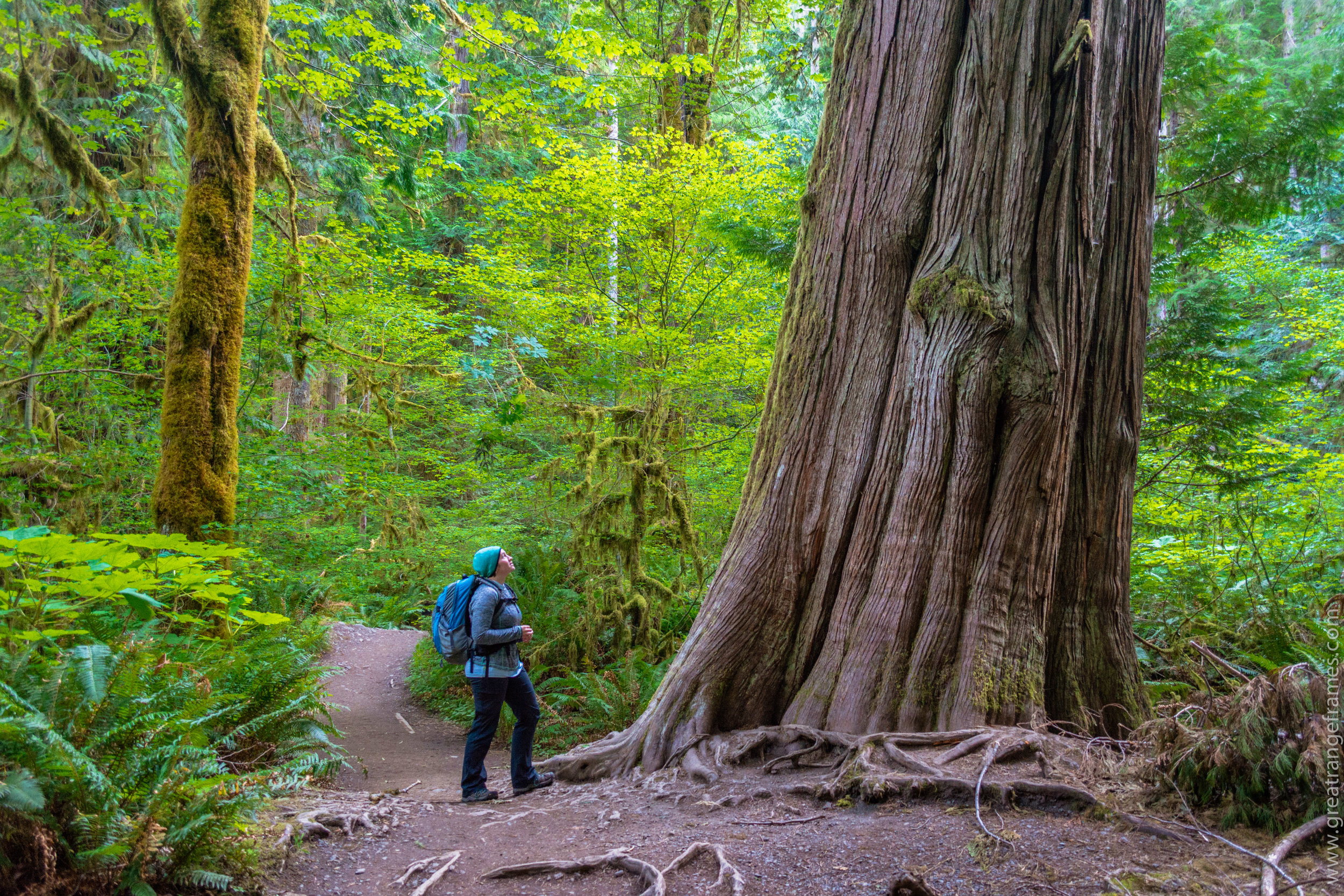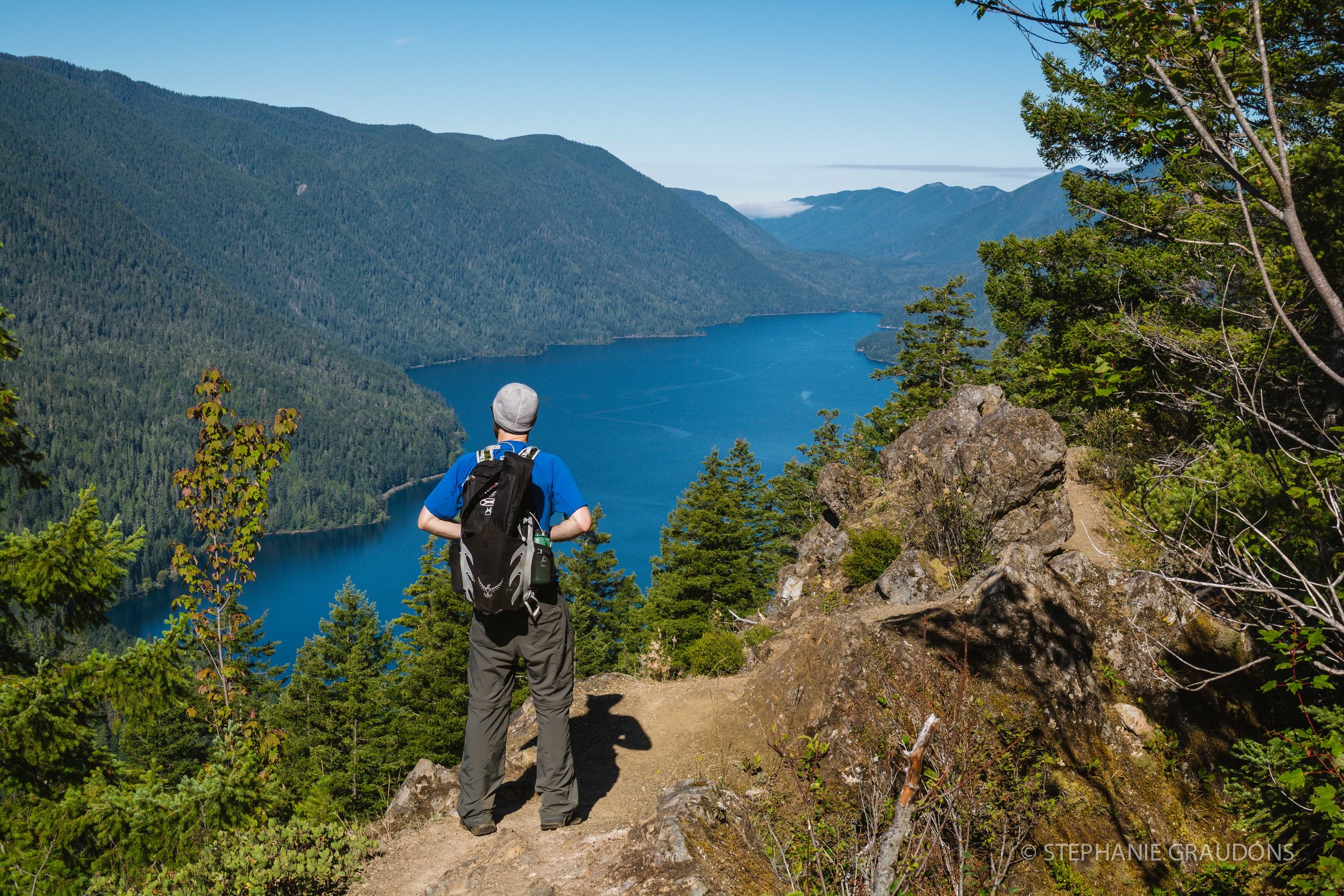A wedding on Whiteface Mountain brought us to the Adirondack High Peaks region this weekend, and the weather was perfect for spending every minute outside. We drove over from Vermont Friday afternoon and set up camp at Wilmington Notch Campground. If you haven’t stayed there, make a reservation, and be sure to check out its gorgeous waterfall!
Since we didn’t have to be anywhere until lunchtime, we got up early and caught the sunrise from Cobble Lookout before going into Lake Placid for breakfast. It’s a short, fairly easy hike with an up-close view of Whiteface Mountain, so it’s worth the effort and great for beginners and kids.
I’ll save our Whiteface adventure for a post of its own, but I’ll say it was so beautiful that we were in no rush to head right home after. We spent the evening debating what to do on Sunday, realizing the weather could range from perfect to socked-in summits. After scrolling Instagram and seeing a video of the insane number of cars parked along Adirondack Loj Road, we debated if it was even worth trying to head down that way. With the increasing number of hikers in the high peaks, we hate to contribute to the crowding, but I also realize it’s difficult to provide information and guidance as an Adirondack 46er correspondent if I don’t get out there and maintain some knowledge of the state of things. We haven’t visited the MacIntyre Range in a few years, so we decided to set out early and check out the alpine plants on Algonquin. We met a New Hampshire hiker along the trail and chatted our way up to the junction, where he and Ted started up Wright while I headed to Algonquin. As views started opening up behind me, I stopped frequently and turned around to take it in, realizing how much I’ve missed hiking regularly in the Adirondacks. We’ve spent a lot of time in the Whites lately, but there’s really no place like home. I continued up slowly, trying to maximize the amount of time I had all to myself in the silence and stillness of the morning. I fully expected to find others on the summit, perhaps those seeking the sunrise, or at the very least, the summit steward.
I walked up to the summit marker and looked around, and to my surprise, I was completely alone. The summit of New York State’s second tallest peak, all to myself, with an undercast in one direction and thin clouds dancing around me, obscuring the view and opening up again. Mount Marcy rose up out of the clouds and made her appearance before the next wave of clouds blew in again. I sat beside a cluster of closed gentians and waited for Ted to join me on the summit. Behind Ted came the summit steward for the day and then Adam, the hiker he had gone to Wright with, and then a couple solo hikers who sat quietly, appreciating nature with the rest of us. In that moment, it seemed hard to believe there are so many overuse, littering, and crowding issues, because this felt just as it did a decade or more ago.
It gave me some hope, that even though social media sometimes makes it sound and look like conditions are pretty bad out there, perhaps things aren’t degrading as quickly as it seems, and there are plenty of hikers out there doing their part to leave no trace and preserve these special places.
